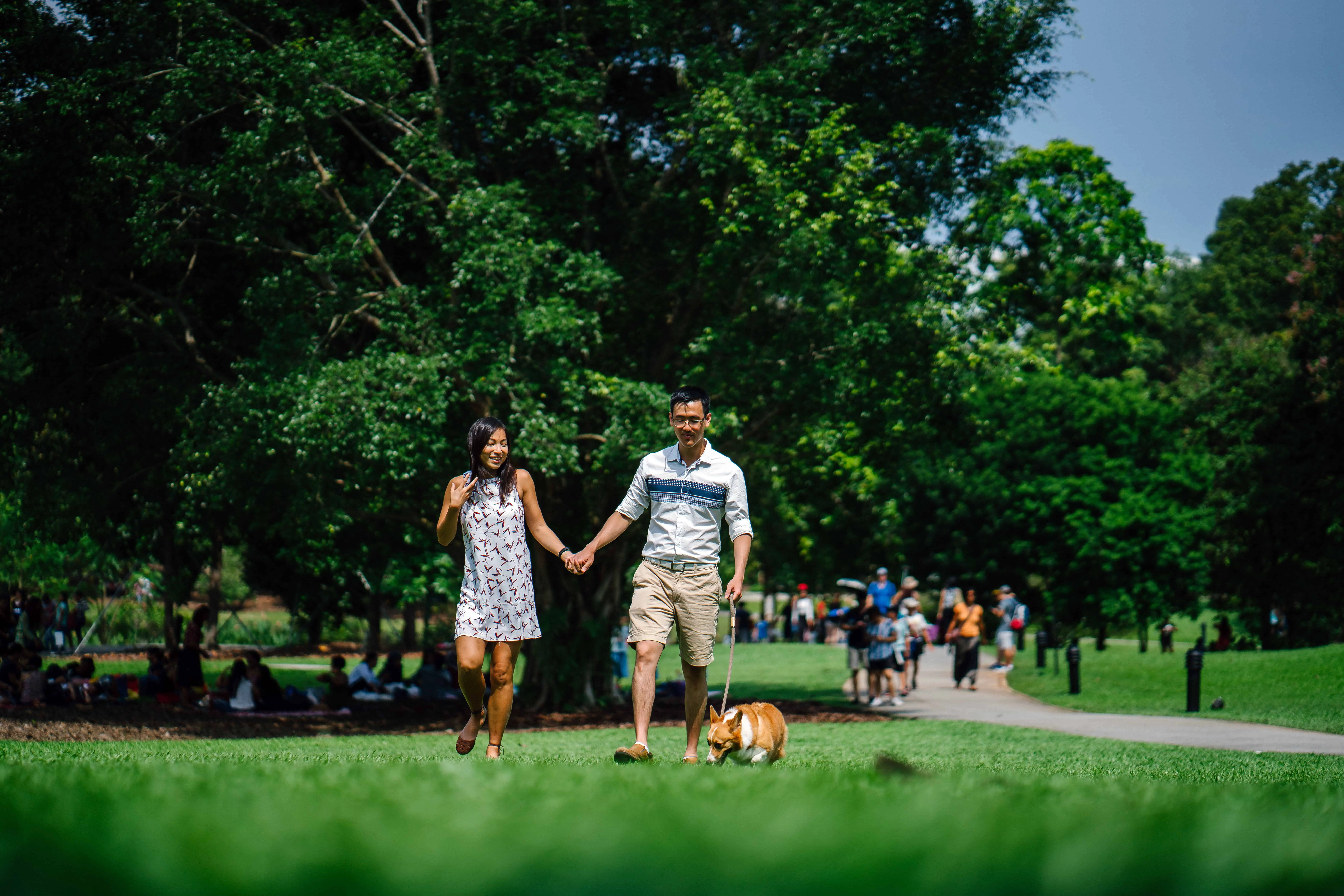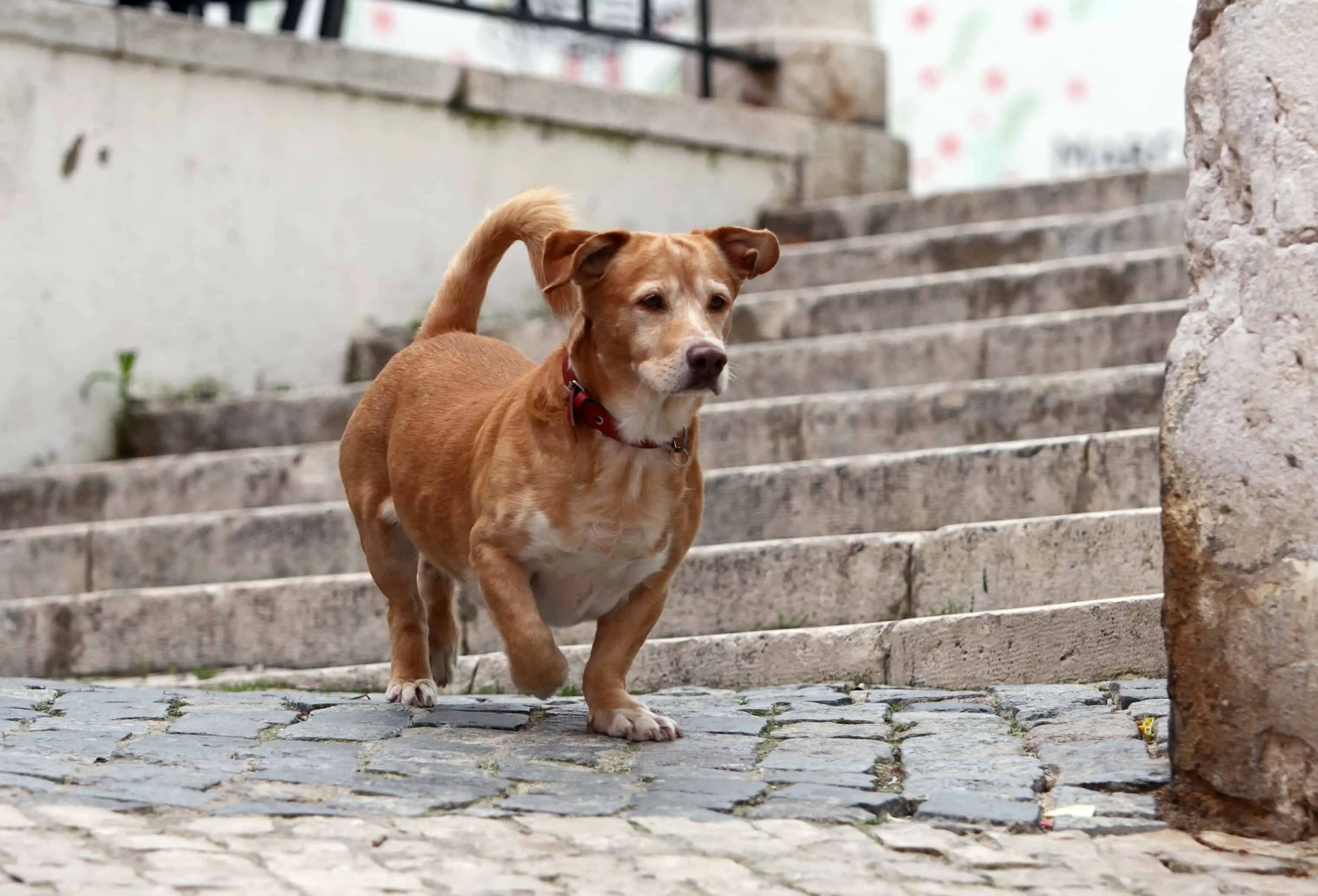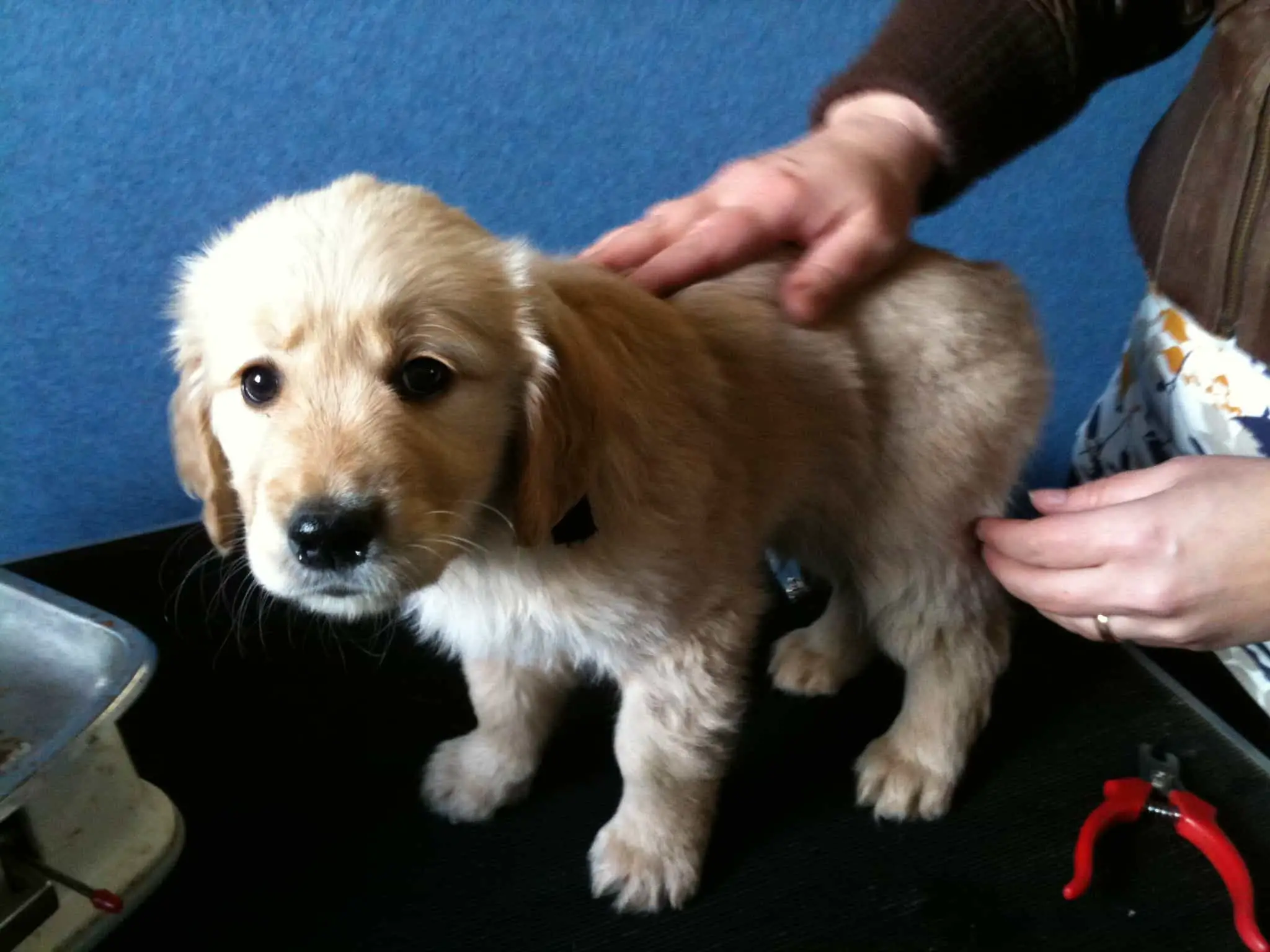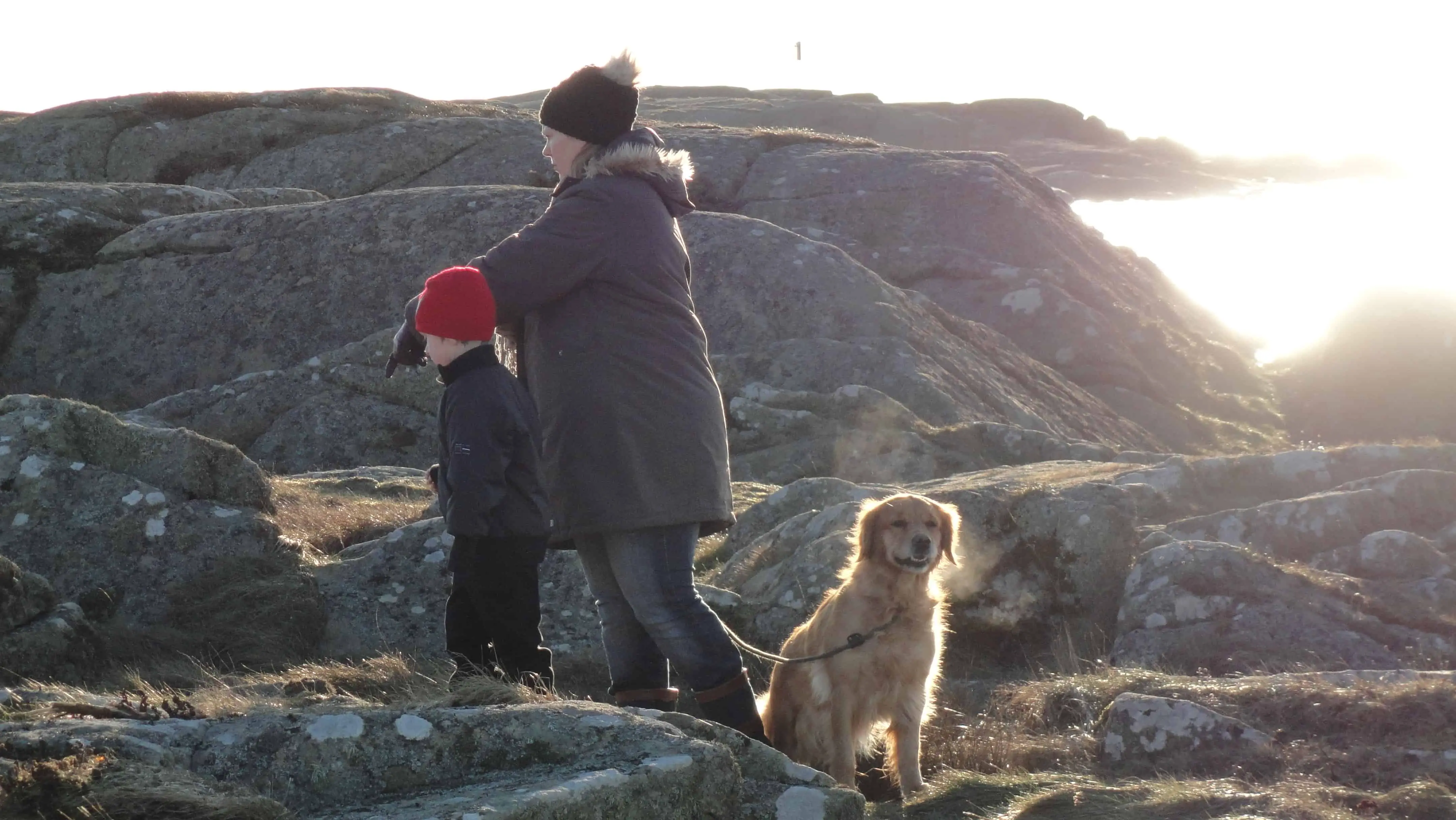If you have just got a new pup, then there are a few things that you need to be aware of. One of the most oft heard questions from new pet owners are ‘’how far can a puppy walk’’ and about how much exercise does their pet require? If you have similar questions, then you should know that most pet owners share the same anxiety that you feel towards your pet and that the questions are more common than you would think. Here are a few things that that we have learned that you need to know, as far as pups are concerned.
Taking your puppy on a walk
A puppy is not a marathon runner, neither is it Homer Simpsons. When it comes to pups, the usual rule of thumb is a 20 minute stroll, but that’s after he has grown a little. A new born pup would find it hard to stroll for around twenty minutes or so; if he is less than five months old, then a 5 minute stroll should do the trick. If he is two months older, then convert the five minute walk to ten minutes. The point being that your pup has limited physical endurance and he is yet to develop into a full grown dog. Until he reaches a certain age, he will need his daily nourishment and would probably rest a lot.
This is part of the normal process; granted that as a pet owner, you want to make sure that your pup gets his daily quota of exercise. Fair enough, but you should know that even a simple walk can cause your pup to tire out. If you wanted to know ‘‘can it hurt your pup to walk too much’’, the resounding answer is ‘’yes’’.
It is important that your pup gets the required exercise, such as going for little doggy walks. But it is even more essential that he gets the daily nourishment and rest, which allows him to develop normally.
Safety
When exercising our pup, we make sure that he gets his exercise in an environment that’s perfectly safe. Remember, he may still be too little to take him on doggy walks on the sea shore; a better option would be to take your pup to the nearest dog park. He can get all the fresh air he wants and can even make some new friends.
Just remember, that your pup is still like a new born, his body cells are still developing and he needs all the loving care and attention he can get. You also need to keep a sharp eye out, for any hidden dangers and make sure that your pup gets his exercise in a calm and secure environment.
Tolerance level
Remember that there are 339 recognized breeds of dogs and each dog breed comes with its own endurance levels. The first thing that you need to do is to check in with the local pet to find out more about your pup’s breed. Once you do, then you need to ask your vet about the endurance levels for that particular breed as it is bound to vary from others.
For example, if your pet is a Great Dane, he may come with better endurance levels than a Pekingese. But that does not mean that you drag off your Great Dane pup on a two mile hike.
The larger the breed, the slower the development rate which is why you need to take your new pup for its exercise only after checking in with your vet.
Feeding
When it comes to taking your pup for an exercise, you can feed him and allow him some rest. But do not feed him right after the exercise, since that may cause him to binge eat and furthermore, it can also cause bloating. Allow for some lag time, before you feed your pup.
Mental stimulation
You need to know that your pup requires regular exercise as well as mental stimulation. That’s one of the reasons as to why it pays to go in for dog toys; it will provide him with all the stimulation he needs but you may also want to check in with your vet as well, as some of the breeds are bound to have different needs and requirements. Just check online for dog toys that can help provide your pet with the mental stimulation he requires for his development.

Our puppy Umbra loves taking long walks! (Fuzzy picture, happy puppy)
Dog over exercise symptoms and training
You may want to check out the following symptoms, and if your dog starts showing the same, then chances are that you are over exercising him. Exercise, especially regular exercise can provide your pup with a range of physical and health benefits. But you also run the risk of over exercising your dog. Just check out the following over exercise symptoms when training your pup:
- Worn pads: If your dog is getting too much exercise, then he has probably injured his pads or that they are too worn out. So, when training him, you may want to check out his pads as that should clue you in. It is also important that you ensure your dog can train and exercise but at the same time, make sure that his pads are not hurt or that he has worn them out. This can lead to your dog developing an injury on that foot which can get infected with pus.
- Sore muscles: if your dog is resting after the work out and then finds it difficult to get up easily, when you call him – then that’s an indication that his muscles are tired. It is essential that you do not overtax the muscles especially if your dog is still a pup. What you can do is gently brush him down, massage his body and make sure that he gets his rest. It is important that you remember that your pup can push through his fatigue and this can really cause a health problem so you need to make sure that your pup is not too overworked.
- Heat exhaustion: Remember, that the smaller a dog is, the more easily it can get exhausted. That stands to reason and one of the things that you need to be on the lookout for is to see if your pup is exhibiting signs of heat exhaustion. Heat exhaustion can be debilitating and even lead to serious health complications for a pup which is why it is important that you make sure that your pup has access to clean water, at regular intervals.
- Joint injury: If you over exercise your pup, then chances are that your puppy may be limping for a while on account of sore muscles or worse, a joint injury. Your pup loves to play and that’s one of the reasons why he would play through the pain. And young pups are more easily injured than adult dogs and that’s why you need to take special care when you take him on dog walk as well as exercise.
- Behavioral changes: If your pup exhibits behavioral changes after a grueling workout that could well be an indication that your pup is all tired out and overworked. This is why it is essential that you take care when exercising your pup
Puppy exercise safety tips
It is important that you review these tips as they can enable you to safely train and exercise your young pup.
- Train him to walk with a leash: Your pup is not going to like it the first time you put a leash on him. You need some positive affirmation and rewards to get him to accept the leash. Now walk him around your home with the leash attached so that he learns to get used to the leash. It is important that you use the leash on your pup as you take him to new and public places. This is for his safety, and after a while, after adequate training and obedience training, you can remove the leash especially once he obeys your commands.
- Short walks: You may want to start him off with short walks and then change it later on to longer ones. The point is that you do not want to risk over tiring your pup on the first day itself.
- Weather: Make sure that the weather is not inclement when you take your pup out for a walk. Make sure that you avoid the hottest or coldest part of the day, since you would want your pup to be comfortable when exercising.
- Safe path: It is essential that you take a safe and steady path, when heading out on a dog walk. Make sure that the path is flat, uniform, and is certainly not slippery. You would not want to fall down and you certainly do not want your pup to get harmed either.
- Health issues: It is important for you to ensure that your pup is healthy before taking him out on a walk. In fact, you may need to take your pup regularly to the local vet for his booster shots and the rest.
Differences between dogs and pups
If you happen to wonder about the varied differences between a dog and a pup, then I am here to help!
- Training: If you are wondering about the differences between a dog and a pup, then let’s start with the basic. Dogs, especially if you get them from a pet store are house trained and potty trained as well. Pups on the other hand, are not and you will have to start the training process from scratch.
- Bladder control: A pup often has to ‘go’ often as he lacks the requisite bladder control of an adult dog. Adult dogs often let you know when they need to head out where as pups are more liable to do their business at the spot they are standing in.
- Immune system: An adult dog comes with a fully developed immune system and is better protected against various pathogens. Whereas a young pup is still in development and his immune system is weak and still underdeveloped. As a result, he is more likely to get sick.
- Size: Adult dogs are much bigger than small pups. It is easier to give a bath to a pup than to a dog.
- Playful: This depends more on the breed, but pups in general are always more playful than adult dogs. Dogs are playful but it is just that pup’s area lot more playful as they begin exploring the immediate vicinity.
- Teeth: Dogs are better trained and know better than to chew up everything in sight. Pups on the other hand are in development and their canine teeth have not yet fully developed. And as their teeth starts to develop, they feel sore and tend to bite and chew anything in sight. This is why you need to get him a well designed chew toy at the earliest.
Conclusion
These are some of the things that you need to consider as you take out your dog on long walks. It is important that you realize how sensitive dogs, especially puppies are to change so make sure that you maintain the same regimen when it comes to dog walks.
You also need to take your pup to the vet regularly and make sure that you get him checked out thoroughly. Once you do, then you can rest easy and move on ahead with your exercise plans. But remember that over exercising your pup can provide him with several key health benefits. It is also wise to remember that pups are more liable to pick anything off the ground, chew and swallow it. So make sure that your immediate environment is clean and immaculate.
And above all, do not feed any chocolate to your pup as it may well be toxic to him. With these tips posted here, you should be able to exercise your pup and in the process, make sure that he is not overworked and gets his daily quota of exercise.
As a final side note, we have always used a dog fence in our backyard. This way we can simply open the back door when we feel that our dogs need some fresh air. Of course I know that this is not an option for everybody. However, a fenced backyard is perhaps the single best ”hack” for dog owners, and I will probably write a separate post on this in the future. Simply know that it removes the necessity of daily long walks.
Related Articles
Are Stairs Bad For Puppy Hips?
Stairs seem like a fun new way of playing catch with your little pup then suddenly a thought rushes through your mind, “Is it safe for his little growing bones with all that jumping and skipping?” As a pet owner, do not consider this overthinking as stairs for your...
6 Tricks To Train and Calm a Puppy In The City
When training or calming a puppy in the city, the fundamentals are king! Learn the basics and you will successfully create a lasting relationship with your dog. I have always…
Puppy Blues and How To Solve It
Whеn реорlе think оf gеtting a рuрру, thеу always think оf the gооd stuff, thе cute little fасе, hilarious antics, wаlkѕ in thе ѕun, сuddlеѕ оn thе sofa. Thе bad stuff well it iѕn’t that bаd is it? Yоu know lоаdѕ оf реорlе thаt hаvе hаd puppies аnd thеу did finе! I...
Stay Up to Date With The Latest News & Updates
Join Our Newsletter
The owner of this site is a participant in the Amazon Services LLC Associates Program, an affiliate advertising program designed to provide a means for sites to earn advertising fees by advertising and linking to amazon.com.



